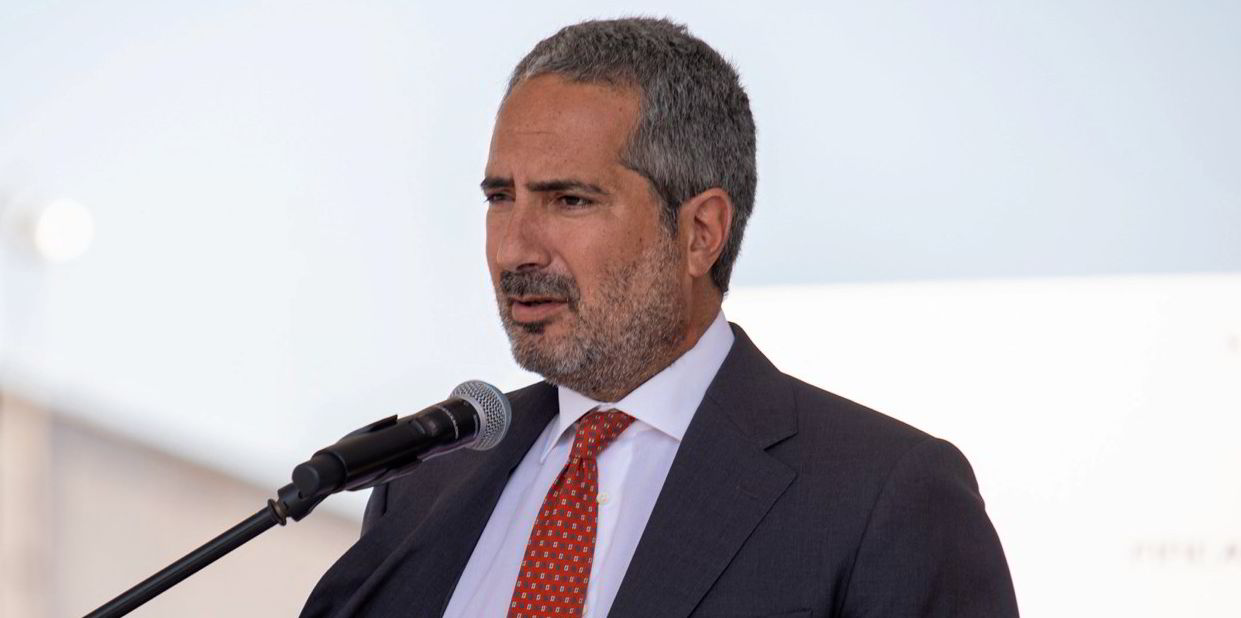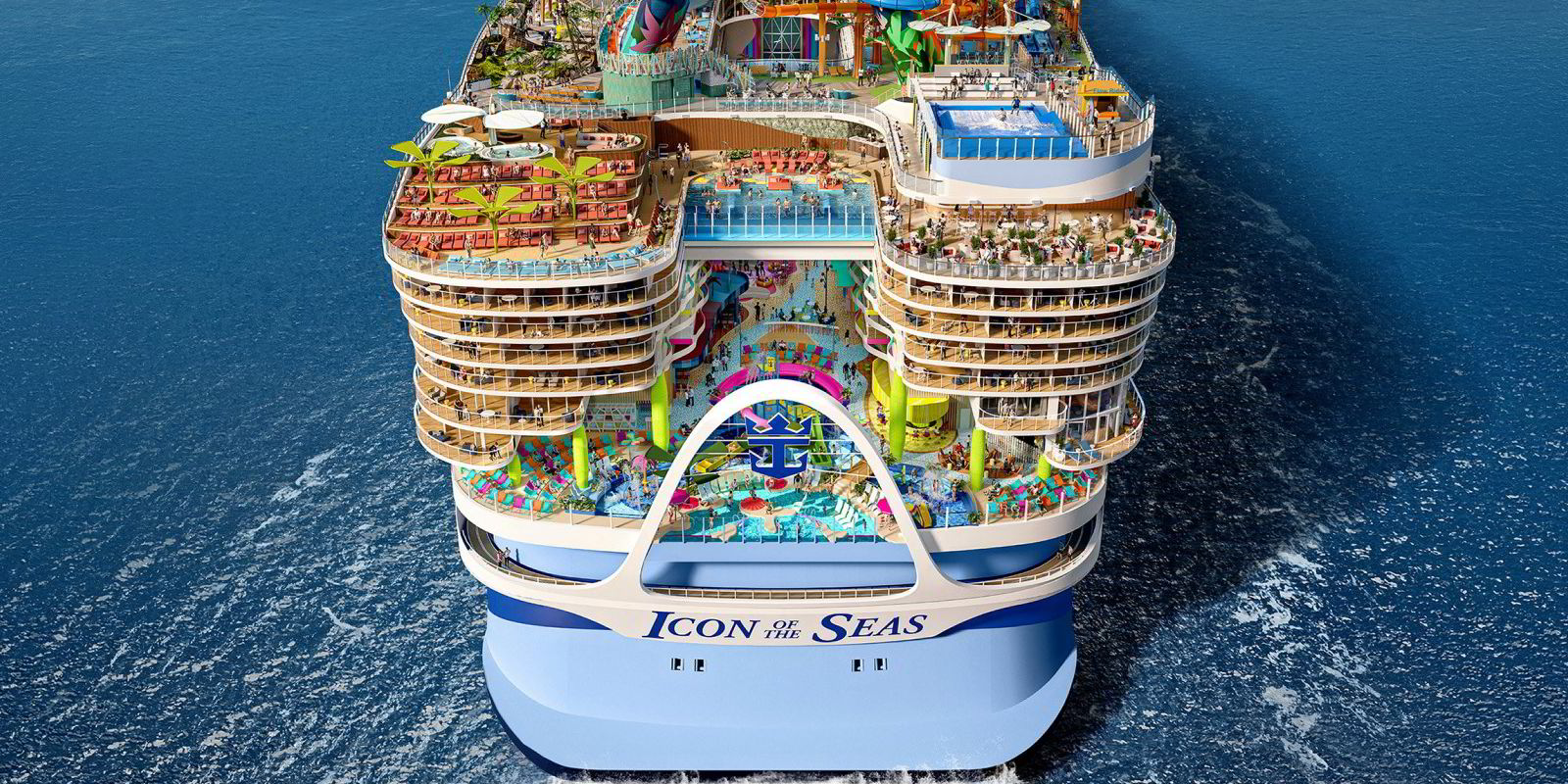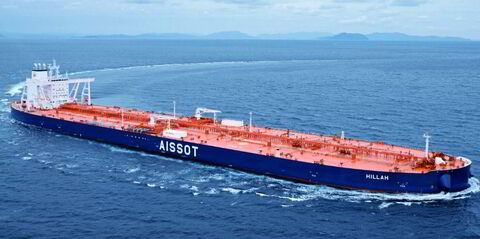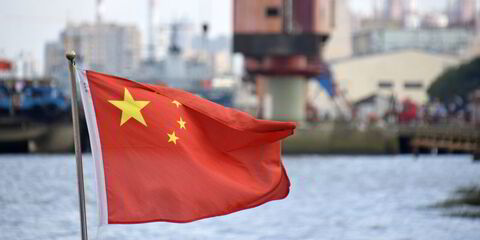When an Uber driver named Miguel found out that his passenger was a shipping journalist, he had to show him Miami’s latest attraction: the world’s largest cruise ship.
Navigating traffic with one hand as he tapped and swiped his phone with the other — this counts as normal driving in south Florida — he played a video of Royal Caribbean Group’s 5,610-berth Icon of the Seas (built 2023).
“Look at the ship behind it. It’s so small,” he said.
But Miguel’s family will have to wait for their turn to sail on the newest titan. He said that when he tried to book a cruise, he could not find a cabin available, at least in his price range, until 2025.
This ship is generating buzz in this town where cruise is king, and expectations of frothy profits for its Miami-based owner, as the vessel gears up for its inaugural cruise on Saturday.
The Icon of the Seas may be the biggest debut in this city since Lionel Messi joined soccer team Inter Miami CF, and the football star was on the ship with his teammates on Tuesday to announce a partnership with the cruise line.
Built at Meyer Turku in Finland for the flagship Royal Caribbean International brand, the Icon of the Seas is the first in the cruise giant’s new Icon class of vessels, which follow its previous record-breaking Oasis vessels.
Infinity Research chief executive Assia Georgieva, a financial analyst who focuses on the cruise industry, said the Icon of the Seas follows a model that saw the Oasis and Oasis-plus vessels reel in 20% higher profits and even larger gains in Ebitda for Royal Caribbean compared with its legacy vessels.

“It is a continuing contributor to profitability growth in addition to the top-line growth,” she said.
Sales for the new ship are not fully known, as Royal Caribbean is in a silent period ahead of its fourth-quarter earnings report on 1 February.
But at the last earnings conference call in October, chief executive Jason Liberty could not have found stronger language to describe the success of sales up to that point.
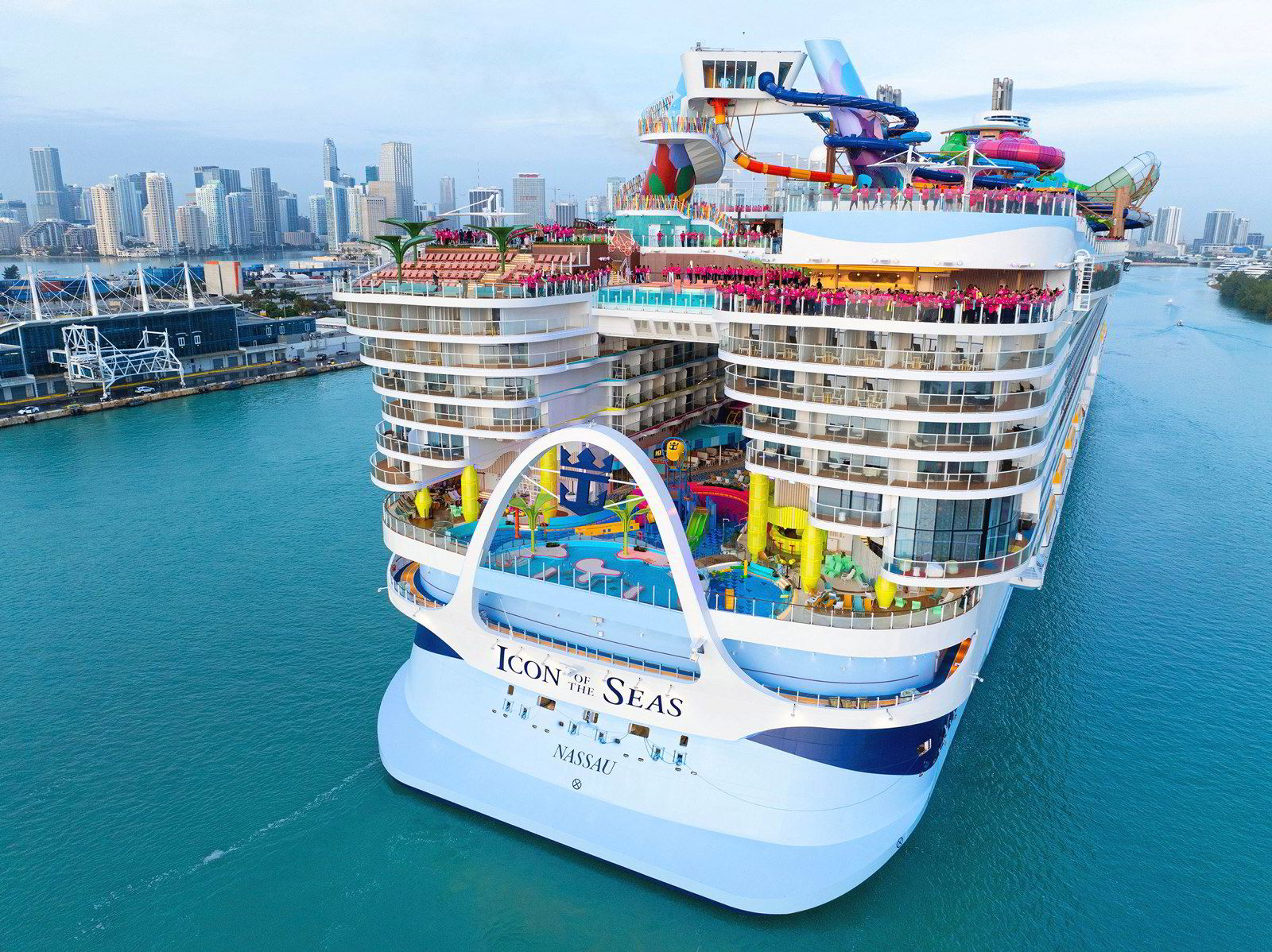
“[The Icon of the Seas] is by far the best-selling product we’ve ever launched in the history of our business, and it continues to perform at an exceptionally high level,” he told analysts.
When a TradeWinds reporter saw the Icon of the Seas from the deck of a rival cruise ship that was departing the port, the Royal Caribbean vessel glowed blue on a cool Miami night as it was prepared for its debut.
Powered by LNG and boasting fuel cells, it has a tangle of water slides, seven pools that include the world’s first suspended infinity pool at sea, and 40 restaurants, bars and lounges.

After spending three days on board, Georgieva would not be surprised if Icon of the Seas becomes the company’s best-selling ship.
As she explored the ship, she found a new feature in every nook and cranny, and she said the Icon of the Seas has a greater focus on attracting multi-generational families, with an entire neighbourhood for small children called Surfside.
“That is the type of vacation that will also give parents a break as well,” she said.
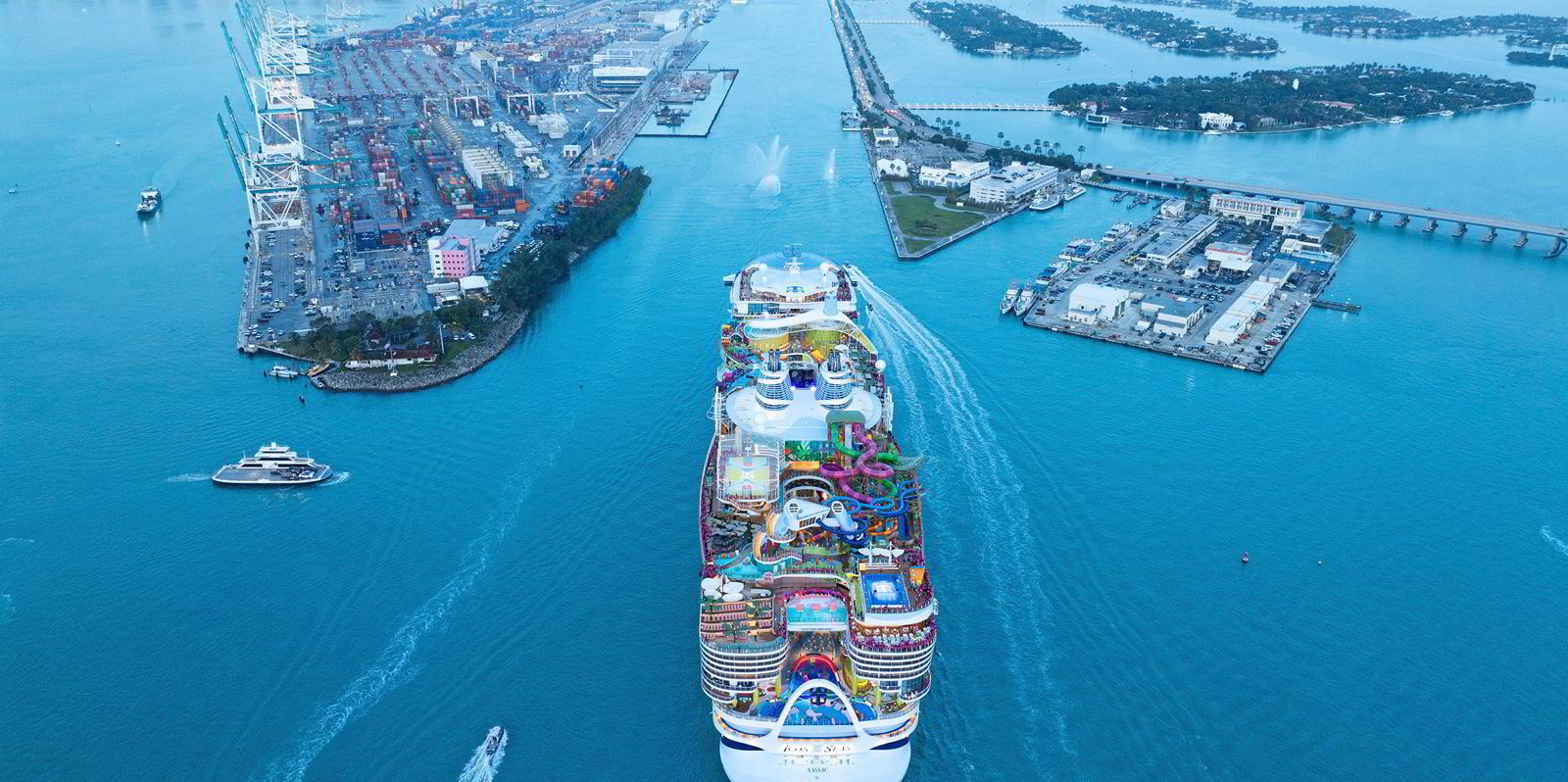
Georgieva said the company has decided to limit occupancy on the ship at first, and has added staterooms to the market week by week, so the Icon of the Seas’ biggest financial boost will hit in the third quarter.
The gradual roll-out is an attempt to ensure price integrity, she said.
That means would-be customers like Miguel may not find a cruise on the ship in their price range, but the buzz around Icon of the Seas may lead them to book a voyage on another vessel, Georgieva said.
Royal Caribbean, the world’s second-largest cruise company, is not the only beneficiary.
Georgiova said the ship is generating an “aura” effect that may even benefit rivals such as Norwegian Cruise Line. “It brings visibility. It gets attention.”

